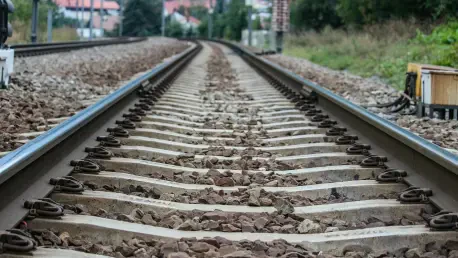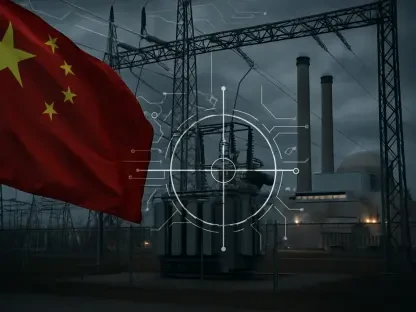Picture a future where the soot-covered skies of bustling metropolitan areas are replaced by clear, blue horizons, all thanks to an earth-friendly railway system. The promise of greener cities is increasingly within reach, as two industrial giants—Outokumpu and Alstom—join forces in an unprecedented effort to lower the carbon emissions of rail transport.
Bridging the Gap to Eco-Friendly Commutes
The pressing need to transform transportation into a more sustainable enterprise is clear, especially when considering the rail sector’s impact on global emissions. Surprising statistics reveal that trains, often considered the most eco-efficient form of land transport, still account for significant emissions due to outdated materials and technology. As cities swell and demands for greater mobility grow, finding sustainable transport solutions becomes more crucial than ever.
Catalyst for Change: Sustainable Innovations
Reducing carbon emissions is essential in combating climate change, particularly within the transportation sector, which remains a major contributor. The European Union’s ambitious goal of achieving climate neutrality by 2050 serves as a beacon guiding the transition toward sustainable transport. In line with global trends, society increasingly demands accountability and responsibility in environmental stewardship from corporations and governments alike.
A New Era for Rail Transportation with Outokumpu and Alstom
The collaboration between Outokumpu and Alstom centers around the use of Circle Green, a revolutionary stainless steel that boasts up to 93 percent lower carbon emissions compared to conventional alloys. This innovative material, composed largely of recycled content, is set to transform Alstom’s iconic Metropolis metro cars. Scheduled for delivery in just one year, the integration of Circle Green promises both environmental and economic benefits, aligning with Alstom’s ambitious goal to cut emissions by 30 percent.
Voices from the Vanguard of Industry
Rolf Schencking from Outokumpu underscores the partnership’s significance in ushering in a greener industrial landscape in Europe. As he passionately points out, the transition to sustainable materials like Circle Green stainless steel is not just beneficial but essential for minimizing emissions in transportation. Véronique Andriès of Alstom echoes this sentiment, emphasizing how the integration of eco-friendly materials complements the company’s longstanding commitment to sustainable design. Both leaders highlight how this collaboration signifies a critical leap toward decarbonizing the mobility sector at large.
Laying Tracks for Greener Rail Practices
Rail manufacturers are increasingly encouraged to adopt strategies that embrace sustainability, such as the use of higher recycled content in their products. Industry experts outline frameworks that guide companies in adopting these practices, ultimately aligning their operations with climate neutrality goals. Crucially, businesses can take actionable steps to ensure their production methods contribute positively to the environment, driving industry-wide change toward more sustainable and accountable operations.
Towards a Future of Environmentally Responsible Railways
Reflecting on this groundbreaking alliance, it became evident that such collaborations offer a promising blueprint for what is to come in the transportation industry. Companies are urged to consider similar partnerships as a way to innovate and reduce environmental impact effectively. Drawing lessons from the Outokumpu and Alstom partnership, the industry sees increased potential in sustainable transport initiatives, paving the way for future progress and enlightening visions of environmentally responsible railway systems across the globe.









